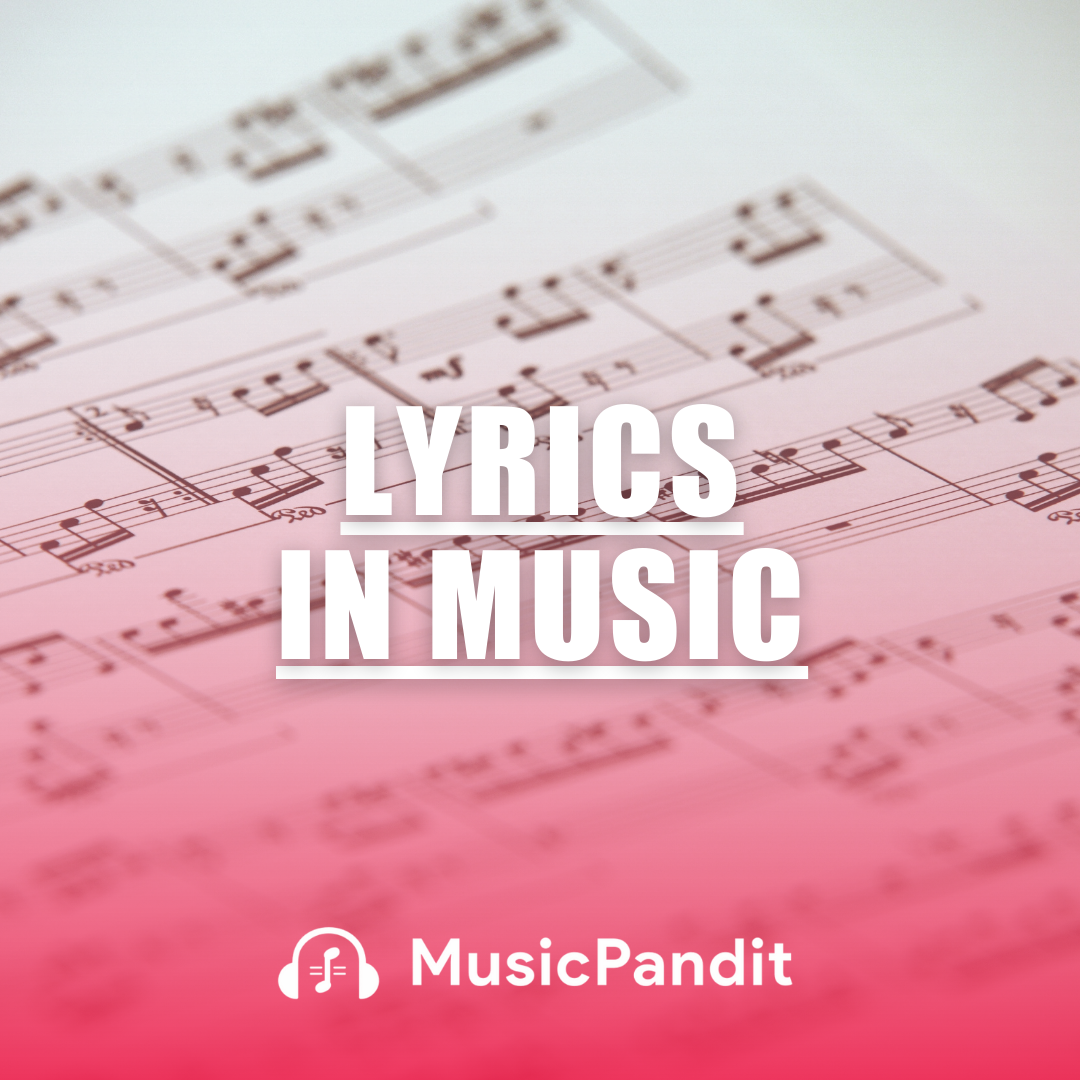Music is a universal language that connects people across different cultures and ages. At the heart of this beautiful language is a key element called melody. But what exactly is the melody? Why is it so important in music?
In this article, we will explore the world of melody, its different types, its significance, and its benefits. This guide is designed for young music students to help them understand and appreciate the power of melody in music.
What is Melody?
Melody is a sequence of notes that are perceived as a single entity. It’s the part of the music that you can hum or sing along to. Think of your favourite song—chances are, it’s the melody that sticks in your mind. Melody is often referred to as the “tune” of a piece of music. It’s what gives music its unique character and makes it memorable.
Types of Melodies
1. Conjunct Melody
A conjunct melody moves in small, stepwise intervals, meaning the notes are close together. This type of melody is smooth and easy to sing. An example of a conjunct melody is the tune of “Twinkle, Twinkle, Little Star.”
2. Disjunct Melody
A disjunct melody moves in larger intervals, with notes that are farther apart. This type of melody can be more challenging to sing and often sounds more dramatic. An example of a disjunct melody is the opening of “Somewhere Over the Rainbow” from The Wizard of Oz.
3. Monophonic Melody
Monophonic melody is a single, unaccompanied melodic line. This is the simplest form of melody, where only one note is played at a time. A good example is a solo singer performing a cappella.
4. Polyphonic Melody
Polyphonic melody involves multiple independent melodies played or sung simultaneously. This creates a rich and complex sound. An example of polyphonic melody can be found in many classical pieces by composers like Johann Sebastian Bach.
5. Homophonic Melody
Homophonic melody consists of a primary melody accompanied by chords. This is the most common texture in Western music, where the melody is supported by a harmonic background. Most pop songs use monophonic melodies.
Importance of Melody in Music
1. Emotional Connection
Melody plays a crucial role in conveying emotions. A well-crafted melody can make listeners feel happy, sad, excited, or nostalgic. It’s the melody that often helps listeners form an emotional connection with a song.
2. Musical Identity
Melody gives music its unique identity. It’s what makes one song different from another. The distinct melody of a piece of music helps listeners recognize and remember it.
3. Storytelling
Melody can tell a story without words. Through variations in pitch, rhythm, and dynamics, a melody can depict different moods and scenes, much like a narrative.
Uses of Melody in Music
1. In Songs
In songs, the melody is usually carried by the vocals. The singer’s voice follows the melodic line, making it the focal point of the song.
2. In Instrumental Music
In instrumental music, the melody can be played by any instrument. For example, in a symphony, the violin section might carry the melody, while in a jazz piece, the saxophone might take the lead.
3. In Film Scores
Melodies are extensively used in film scores to enhance the emotional impact of scenes. A memorable melody can become the signature theme of a movie, like the iconic “Imperial March” from Star Wars.
4. In Advertising
Catchy melodies are often used in advertising to make commercials memorable. A simple, repetitive melody can help a product stick in people’s minds.
Benefits of Understanding Melody
1. Improved Musical Skills
Learning about melody helps improve overall musical skills. Understanding how melodies are constructed and how they function in music can make students better performers and composers.
2. Enhanced Listening Experience
Knowing about melody enhances the listening experience. Students can appreciate the intricacies of the music they listen to and understand why certain melodies appeal to them.
3. Creativity in Composition
A strong grasp of melody enables students to create their own music. They can experiment with different types of melodies and develop their unique musical style.
4. Emotional Expression
Understanding melody helps students express emotions through music. They can use different melodic techniques to convey feelings and tell stories with their compositions.
Related Topics
1. Harmony
Harmony is the combination of different musical notes played or sung simultaneously. It supports and enriches the melody, adding depth and complexity to the music.
2. Rhythm
Rhythm is the pattern of beats or a sequence of sounds and silences in music. It works hand-in-hand with melody, giving it structure and flow.
3. Dynamics
Dynamics refer to the volume of the music. They indicate how loudly or softly a piece should be played, adding expression to the melody.
4. Timbre
Timbre, also known as tone colour, is the quality of sound that distinguishes different instruments or voices. It affects how a melody is perceived and can give it a unique character.
5. Form
Form refers to the structure of a musical composition. It outlines how the different sections of a piece are organised, helping to shape the overall flow of the melody.
Conclusion
Melody is the heart and soul of music. It is what makes music memorable and emotionally impactful. By understanding the different types of melodies, their importance, uses, and benefits, young music students can deepen their appreciation of music and enhance their musical skills. Whether singing a simple tune or composing a complex piece, melody is the key to creating beautiful and expressive music.














